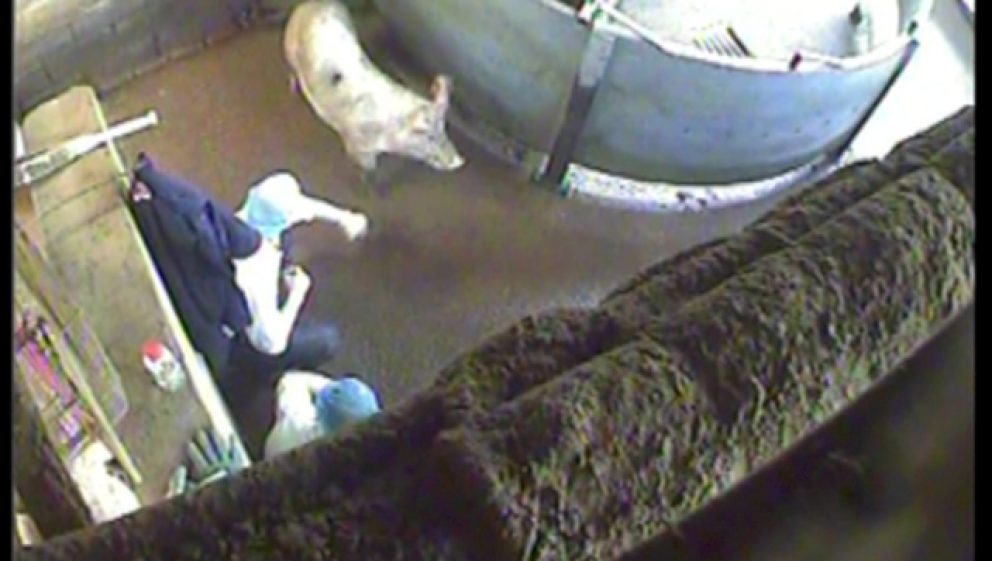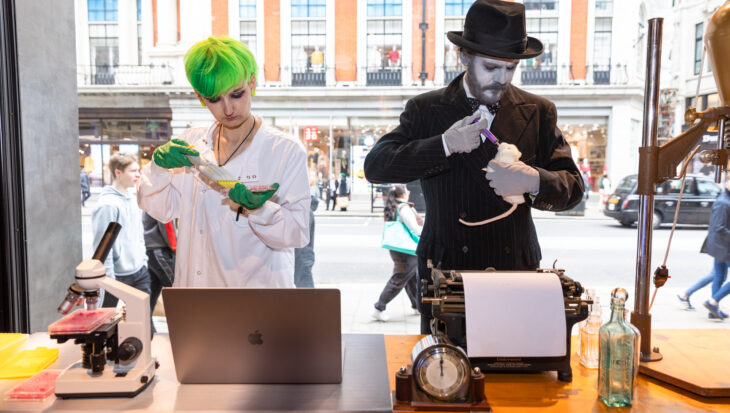The government recently launched a consultation on making CCTV mandatory for all slaughterhouses in England. While slaughter can never be cruelty-free, these plans will make a huge difference in protecting animals from illegal violence.
The government is inviting interested parties to submit their responses to the consultation, which Animal Aid has done, and which you can do, too!
Update: CCTV is now mandatory in all slaughterhouses.
About the government’s proposals
The plans set out by the government are encouraging, but there is one key area where we would like to see improvement – provision for a proper system of independent monitoring of the footage. We are also asking respondents to support the rest of the proposals to ensure that the industry does not get them watered down. We know it will try.
About the consultation
The consultation itself is simple and brief. There are just nine questions relating to the subject, and many – including ‘Should there be mandatory CCTV recording in all approved slaughterhouses in areas where live animals are present?’ – have Yes / No answers.
How you can help
Since duplicate responses may not count individually, we haven’t produced text you can simply send, but we have provided some information that you can use to guide your responses.
If you are short of time, please answer ‘Yes’ to Question 4, and adapt/include this text in your answer to Question 7:
- It is essential that vets have unfettered access to the footage, but an independent body that is charged with overseeing monitoring should be established to conduct spot checks, act on tip-offs and ensure that nothing is missed.
Otherwise, please see below for guidance on the rest of the questions.
Within the consultation feedback process, it is possible to attach links to reports. We would suggest that you may like to include the following:
You’ll find the consultation here: https://consult.defra.gov.uk/farm-animal-welfare/cctv-in-slaughterhouses It closes on 21st September 2017.


